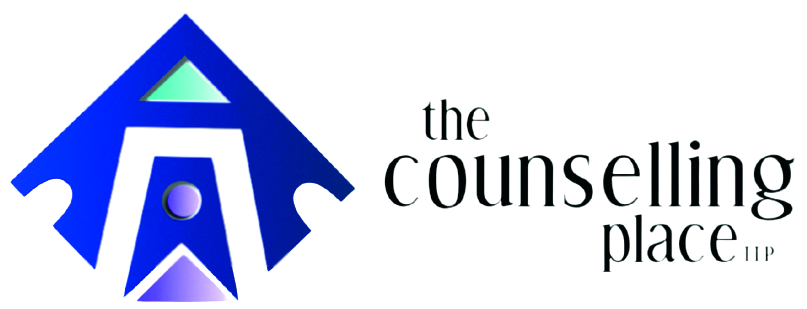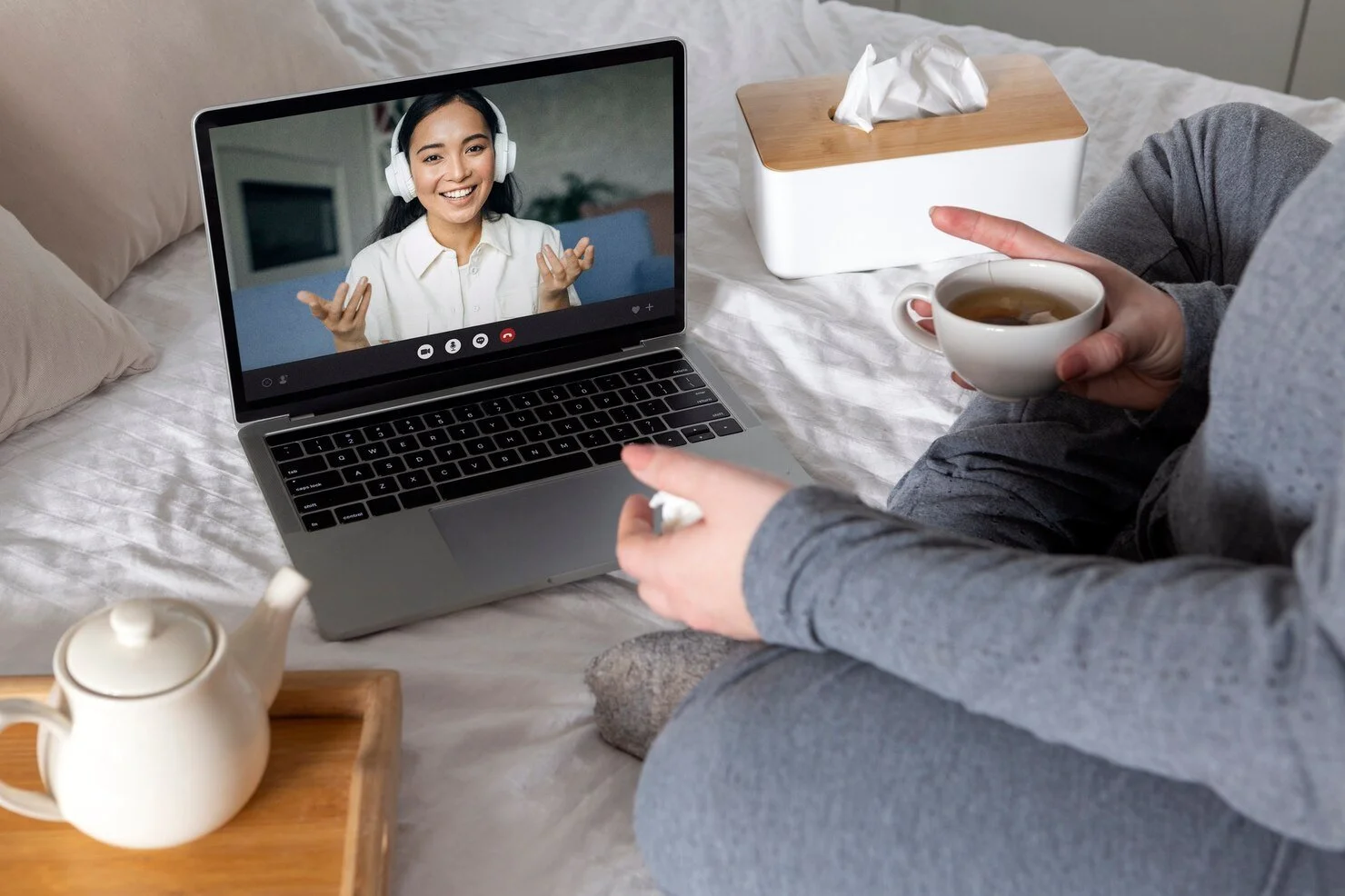Counselling In-Person versus Online
Counselling In-Person versus Online
The Counselling Place speaks to our 3 therapists about doing counselling in person versus via online (telehealth/ virtual/ online/ skype counselling).
Natasha Larkin (Counsellor / Career Coach)
Online therapy offers you therapy from anywhere where there is good internet connection so you and your therapist can connect via an online platform like Microsoft Teams, Zoom, skype or video conferencing software whether it be in your home or office or somewhere private. This may be the anonymity you are looking for.
You can lose the commute going virtually. Traffic, public transit issues and commuting time can take away precious time. You might be travelling and can keep up your sessions or need an emergency session. You may live remotely so this opens up more options as long as you have reliable internet.
Face-to-face therapy offers you a shared, safe and neutral space. Sessions that take place in a therapist's office can provide a space away from your everyday life. A location that feels neutral can increase your comfort when sharing private information.
The healing power of being physically together of stepping into a room focused on therapy can provide immediate comfort for some clients and allow them to make the transition to a therapeutic conversation more swiftly. Some mental health needs require direct, in-person therapeutic support such as techniques in art, music, and play therapy and structured material so a hands-on technique may be the way to go.
Having the right support that works best for you is your advantage. Try both and see what feels the best or even mix it up.
Kim Bartholdi (Psychologist)
In-person counselling and online counselling are both effective and beneficial. Before the pandemic, online therapy was reserved for people who struggled leaving the house whether because of an illness or life management difficulties such as not having child care available. However, since the pandemic, people have been more open to having therapy remotely. We were forced to have an open mind, and therapists were forced to get creative in their ways of sharing resources with patients and making them feel safe during remote sessions. In the age of telehealth, mental health couldn't be left behind, and virtual sessions through a variety of platforms such as Skype or Zoom have become the therapy couch of the modern day.
The main difference between online and in-person counselling is that online counselling allows you to have therapy no matter where in the world you are while in-person therapy can help with providing a private, confidential, and safe space to share your difficulties with a trained therapist.
Anne Ueberbach (Counsellor)
In-person counselling, like the name suggests, is done in a face-to-face format. The benefit of this format is that both therapist and client get to see each other’s’ body language, which aids in improving understanding and building rapport. It also allows the client to enter a safe space, which is especially useful when no safe and private space is available at home.
Online counselling, often called telehealth or virtual counselling, can be done in multiple formats: video meeting platforms (like Zoom, Skype, Microsoft Teams, etc.), chat, or audio only. Telehealth allows psychologists and counsellors to provide counselling services to clients in remote locations or across other countries, often heavily reducing wait times. It also allows clients to have more therapists to choose from, while at the same time having counselling sessions from the comfort of their home.
Research has shown that online counselling is as effective in addressing common mental health concerns as in-person therapy.

